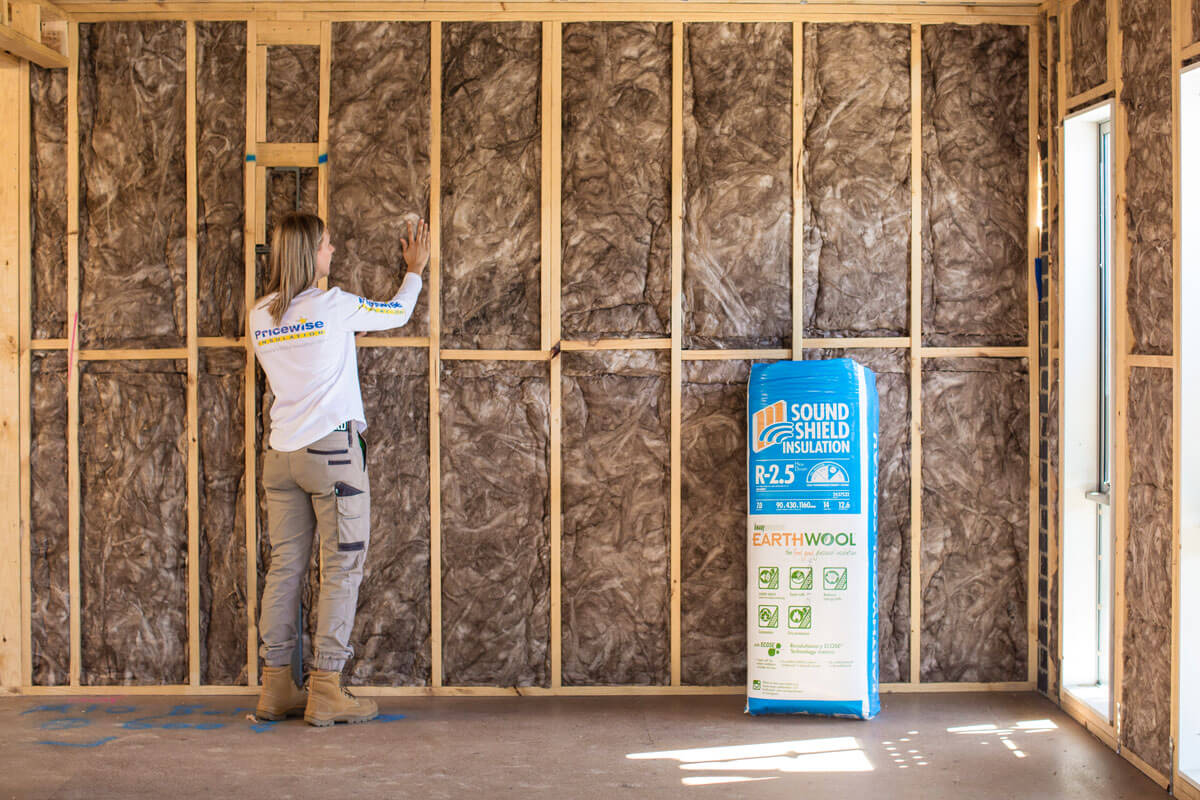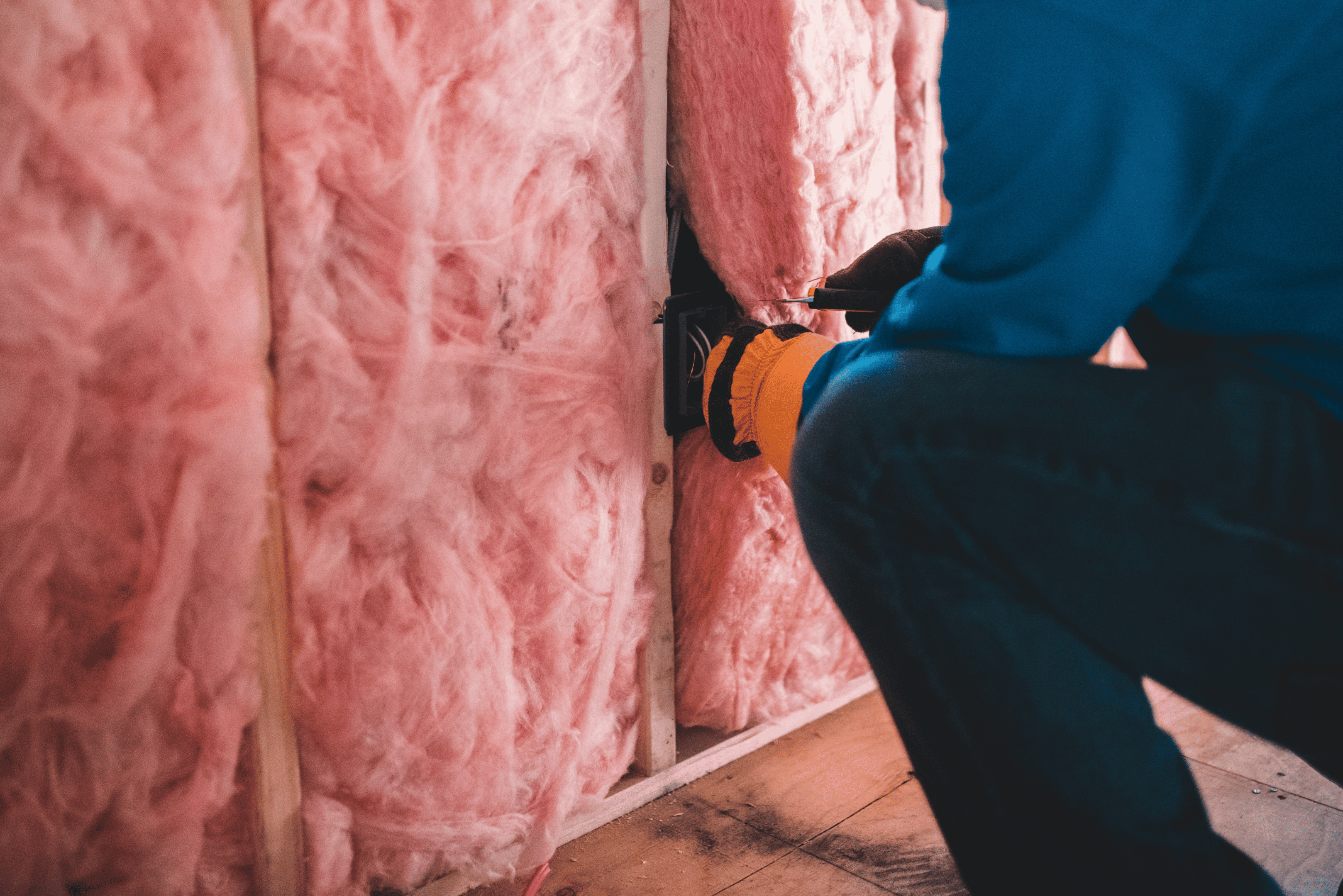Understanding Insulation Needs for Bathroom Walls: Do Bathroom Walls Need Insulation

Insulating bathroom walls offers several benefits, including improved temperature control, reduced energy consumption, and enhanced soundproofing. Common insulation materials for bathroom walls include fiberglass batts, cellulose, and spray foam. The insulation level required depends on factors such as climate, building codes, and desired comfort level.
Insulation Materials
- Fiberglass batts are widely used due to their affordability and ease of installation.
- Cellulose is made from recycled paper and provides good insulation and sound absorption.
- Spray foam is applied wet and expands to fill gaps, creating a continuous barrier.
Determining Insulation Level
- Climate: Colder climates require higher insulation levels to maintain warmth.
- Building codes: Local building codes may specify minimum insulation requirements.
- Comfort level: Personal preferences and desired temperature range should be considered.
By understanding insulation needs and choosing appropriate materials and levels, homeowners can create comfortable and energy-efficient bathrooms.
Advantages and Disadvantages of Insulating Bathroom Walls

Do bathroom walls need insulation – Insulating bathroom walls offers several advantages, including improved energy efficiency and reduced moisture buildup. However, it also comes with some disadvantages, such as potential mold growth and increased construction costs.
Advantages of Insulating Bathroom Walls, Do bathroom walls need insulation
- Improved energy efficiency: Insulation helps to reduce heat loss through the walls, which can lead to lower energy bills.
- Reduced moisture buildup: Insulation can help to prevent moisture from condensing on the walls, which can lead to mold growth.
- Increased comfort: Insulation can help to keep the bathroom warmer in the winter and cooler in the summer, making it more comfortable to use.
Disadvantages of Insulating Bathroom Walls
- Potential mold growth: If the insulation is not properly installed or if the bathroom is not properly ventilated, mold can grow on the insulation.
- Increased construction costs: Insulating bathroom walls can add to the cost of construction.
| Advantage | Disadvantage |
|---|---|
| Improved energy efficiency | Potential mold growth |
| Reduced moisture buildup | Increased construction costs |
| Increased comfort |
Considerations for Insulating Bathroom Walls

The decision to insulate bathroom walls is not always straightforward, as it depends on various factors, including the type of wall construction, ventilation, and moisture management strategies.
Different types of bathroom wall constructions have varying insulation requirements. For example, walls made of solid materials like concrete or brick generally do not require insulation, while framed walls with cavities can benefit from it. The presence of plumbing fixtures, electrical wiring, and other penetrations can also impact the insulation strategy.
Proper Ventilation
Proper ventilation is crucial when insulating bathroom walls to prevent moisture buildup. Moisture can lead to mold growth, which can compromise the integrity of the insulation and create health hazards. Bathrooms generate a significant amount of moisture due to showering, bathing, and other activities. Therefore, it is essential to ensure adequate ventilation to remove excess moisture.
Best Practices for Installation
Installing insulation in bathroom walls requires careful attention to prevent moisture issues. Here are some best practices to consider:
- Use vapor-resistant insulation materials to minimize moisture absorption.
- Install a vapor barrier on the warm side of the insulation to prevent moisture from reaching the cold side and condensing.
- Seal all gaps and penetrations around pipes, wires, and fixtures to prevent moisture infiltration.
- Consider using a moisture-resistant drywall or cement board for the wall surface to further protect against moisture damage.
Do bathroom walls need insulation? It’s a question that can be answered by considering the principles of Tuscan interior design , which emphasizes natural materials and earthy tones. By incorporating these elements into your bathroom, you can create a space that is both stylish and functional.
Insulation can help to regulate temperature and prevent moisture buildup, making your bathroom more comfortable and durable. So, while it may not be strictly necessary, insulation can certainly enhance the overall quality of your bathroom.
Bathroom walls do not typically require insulation unless they are located in an exterior wall or in a cold climate. However, if you are considering insulating your bathroom walls, you may want to consider farmhouse kitchen design elements that incorporate natural materials and rustic charm.
This can create a warm and inviting atmosphere in your bathroom while also providing some insulation benefits.
